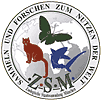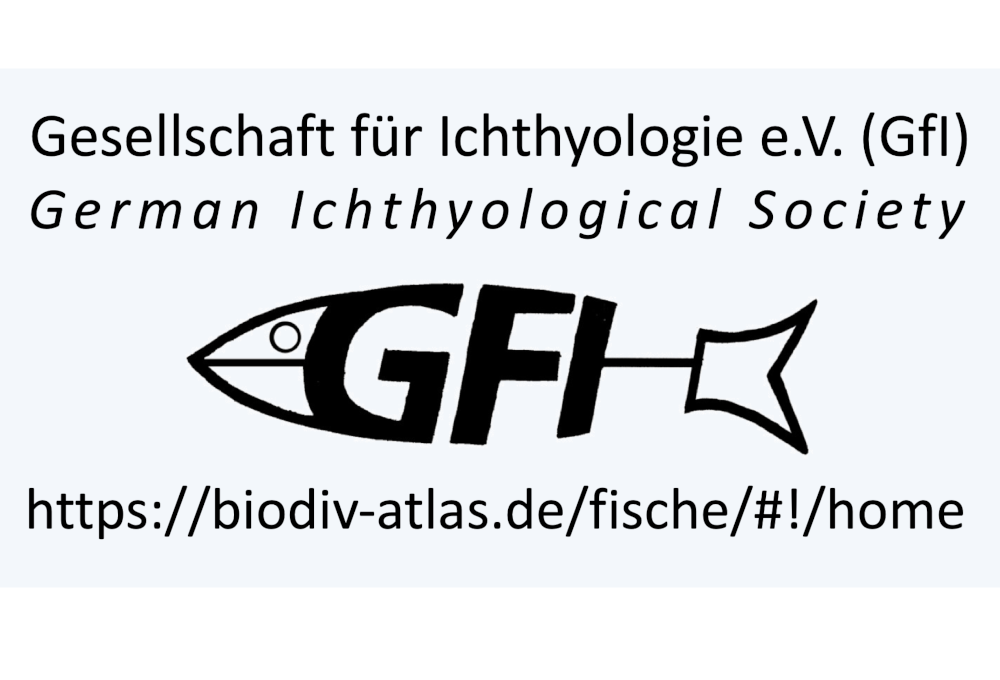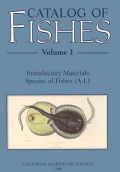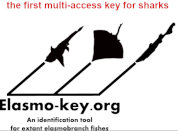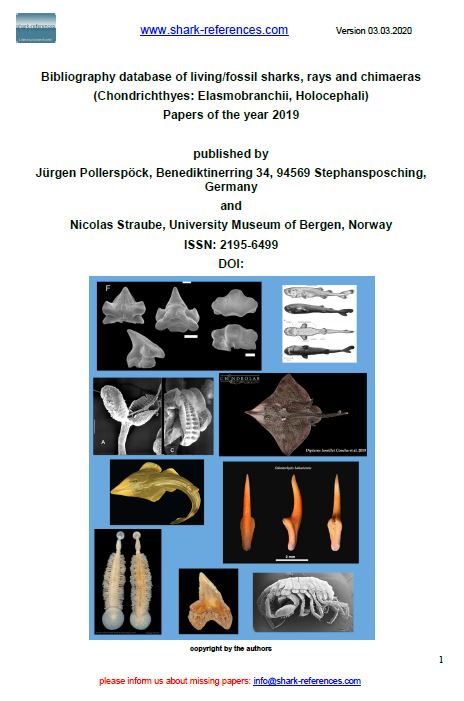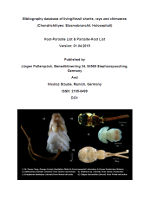

The fishes of Australia. Part 1. The sharks, rays, devil fishes and other primitive fishes of Australia and New Zealand. Sydney: Royal Zoological Society of New South Wales, 230 pp.

Checklist of living Chondrichthyes. In W.C. Hamlett (Ed.), Reproductive biology and phylogeny of chondrichthyes: sharks, rays and chimaeras, Vol. 3 (pp. 503–548). Science Publishers, Endfield, USA
A Collation and summarization of available data on deepwater Chondrichthyans: Biodiversity, life history and fisheries. Biodiversity, Life History and Fisheries IUCN SSC Shark Specialist Group for the Marine Conservation Biology Institute, 1–137.

Brain organization and specialization in deep-sea chondrichthyans. Brain, Behavior and Evolution, 71(4), 287–304
DOI: 10.1159/000127048


Sharks and Rays of Australia. CSIRO Publishing, Collingwood, Vic.
Limited potential to recover from overfishing raises concerns for deep-sea sharks, rays and chimaeras. Environmental Conservation, 36(2), 97–103
DOI: 10.1017/S0376892909990191

The diet of deepwater sharks and the benefits of using DNA identification of prey. Deep Sea Research Part I: Oceanographic Research Papers, 57(7), 923–930
DOI: 10.1016/j.dsr.2010.02.006

Mercury in 16 demersal sharks from southeast Australia: Biotic and abiotic sources of variation and consumer health implications. Marine Environmental Research, 69(1), 18–26
DOI: 10.1016/j.marenvres.2009.07.006

Lipid composition and partitioning of deepwater chondrichthyans: inferences of feeding ecology and distribution. Marine Biology, 157(6), 1367–1384
DOI: 10.1007/s00227-010-1416-6

A conserved pattern of brain scaling from sharks to primates. Proceedings of the National Academy of Sciences of the United States of America, 107(29), 12946–12951
DOI: 10.1073/pnas.1002195107

Does more maternal investment mean a larger brain? Evolutionary relationships between reproductive mode and brain size in chondrichthyans. Marine and Freshwater Research, 62(6), 567–575
DOI: 10.1071/MF10145

Diet of demersal sharks and chimaeras inferred by fatty acid profiles and stomach content analysis. Journal of Experimental Marine Biology and Ecology, 409(1–2), 290–299
DOI: 10.1016/j.jembe.2011.09.009

Lipid (energy) reserves, utilisation and provisioning during oocyte maturation and early embryonic development of deepwater chondrichthyans. Marine Biology, 158(12), 2741–2754
DOI: 10.1007/s00227-011-1773-9

Shark tales: A molecular species-level phylogeny of sharks (Selachimorpha, Chondrichthyes). Molecular Phylogenetics and Evolution, 58(2), 207–217
DOI: 10.1016/j.ympev.2010.11.018
Review of research and monitoring studies on New Zealand sharks, skates, rays and chimaeras, 2008-2012. New Zealand Aquatic Environment and Biodiversity Report, 102: 70 p.
A DNA sequence based approach to the identification of shark and ray species and its implications for global elasmobranch diversity and parasitology. Bulletin of the American Museum of Natural History, 367, 1–262

Trophic structure and biomagnification of mercury in an assemblage of deepwater chondrichthyans from southeastern Australia. Marine Ecology Progress Series, 451, 163–174
DOI: 10.3354/meps09593

Allometric Scaling of the Optic Tectum in Cartilaginous Fishes. Brain, Behavior and Evolution, 80(2), 108–126
DOI: 10.1159/000339875
Trophic Interactions and Distribution of Some Squaliforme Sharks, Including New Diet Descriptions for Deania calcea and Squalus acanthias. PLoS ONE, 8(3), Article e59938
DOI: 10.1371/journal.pone.0059938
Deep-sea Cartilaginous Fishes of the Indian Ocean. Volume 1. Sharks FAO Species Catalogue for Fishery Purposes. No. 8, Vol. 1. Rome, FAO. 256 pp.

Sharks of the World – A fully illustrated guide. Wild Nature Press, ISBN 978–0–9573946–0–5: 528pp
A DNA sequence-based identification checklist for Taiwanese chondrichthyans. Zootaxa, 3752, 256–278
DOI: 10.11646/zootaxa.3752.1.16
Global pattern of phylogenetic species composition of shark and its conservation priority. Ecology and Evolution, 5(19), 4455–4465
DOI: 10.1002/ece3.1724

Family Somniosidae, Sleeper sharks In The Fishes of New Zealand, (ed) Clive D Roberts, Andrew L Stewart, Carl D Struthers, vol. 2, Systematic Accounts: 148–161

Not all sharks are “swimming noses”: variation in olfactory bulb size in cartilaginous fishes. Brain Structure & Function, 220(2), 1127–1143
DOI: 10.1007/s00429-014-0705-0

Abiotic and biotic drivers of fatty acid tracers in ecology: A global analysis of chondrichthyan profiles. Functional Ecology, 33(7), 1243–1255
DOI: 10.1111/1365-2435.13328

Relationship between morphometrics and trophic levels in deep-sea fishes. Marine Ecology Progress Series, 637, 225–235
DOI: 10.3354/meps13243

Ecological features and swimming capabilities of deep-sea sharks from New Zealand. Deep Sea Research Part I: Oceanographic Research Papers, 156, Article 103187
DOI: 10.1016/j.dsr.2019.103187

Body forms in sharks (Chondrichthyes: Elasmobranchii) and their functional, ecological, and evolutionary implications. Zoology, 140, Article 125799
DOI: 10.1016/j.zool.2020.125799
